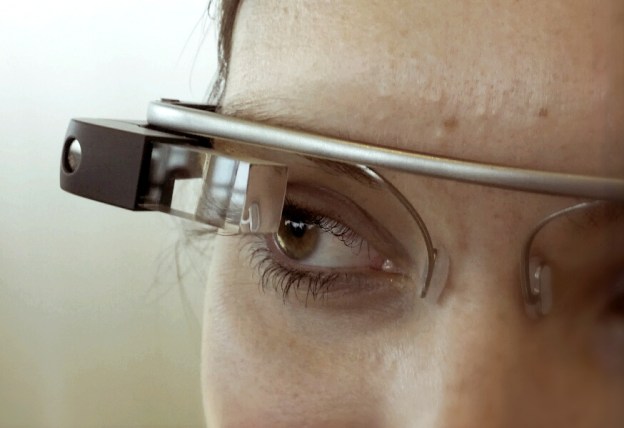 A Google Glass Explorer Edition user is reporting that recording video on the headset can drain its battery in as little half an hour. Robert Scoble, one of the first consumers to try out Glass, explains, “One six-minute video I did took 20 percent of the battery.”
A Google Glass Explorer Edition user is reporting that recording video on the headset can drain its battery in as little half an hour. Robert Scoble, one of the first consumers to try out Glass, explains, “One six-minute video I did took 20 percent of the battery.”
Other users, too, have been complaining about the drastic increase in power consumption while shooting video on Glass. It seems like the product would be tailor-made for on-the-fly moviemaking, but if thirty minutes is all you’re gonna get out of a charge, it’s arguably not even enough time to enjoy the endeavor. Know that feeling when your battery icon starts blinking red while you’re shooting? That’s practically the norm with Google Glass, at least right now.
Google previously mentioned that Glass’ battery would last all day, but that statement seems more than a little misleading now, and we’re wondering if the issues with the video camera will spill over into any more of Glass’ features.
Scoble also says that Glass’s HUD is more akin to “Twitter-like cards” than a full-fledged mobile computer. “Google designed these to have a very simplistic UI, cards, and have them on screen for just a few seconds, to save battery.”
The most worrisome part of all of this that Glass’ camera is only 5 megapixels – practically every smartphone on the market can shoot higher caliber video, and for at least three or four times as long. Not only that, but some of the camera tests that have been uploaded from Glass users show off muddy-looking footage, with subpar focus.
Google has been forthright about one thing – the Explorer Edition is not market-ready. It’s highly likely that all kinds of changes will be pop up once the retail specs are unveiled, but such abominable battery life for one of Glass’ most exciting features will have to be dealt with, and seriously.
As Glass’ success is so dependent on comfort, any small amount of weight added to the battery would almost certainly be noticeable, but if it means doubling or tripling the battery life while the camera’s in use, we would argue to as a functional necessity, every bit as important as “Wearability.”
Editors' Recommendations
- How Google plans to improve video capturing on Snapchat, Instagram
- The third generation of Google Glass may be nearly ready for release


